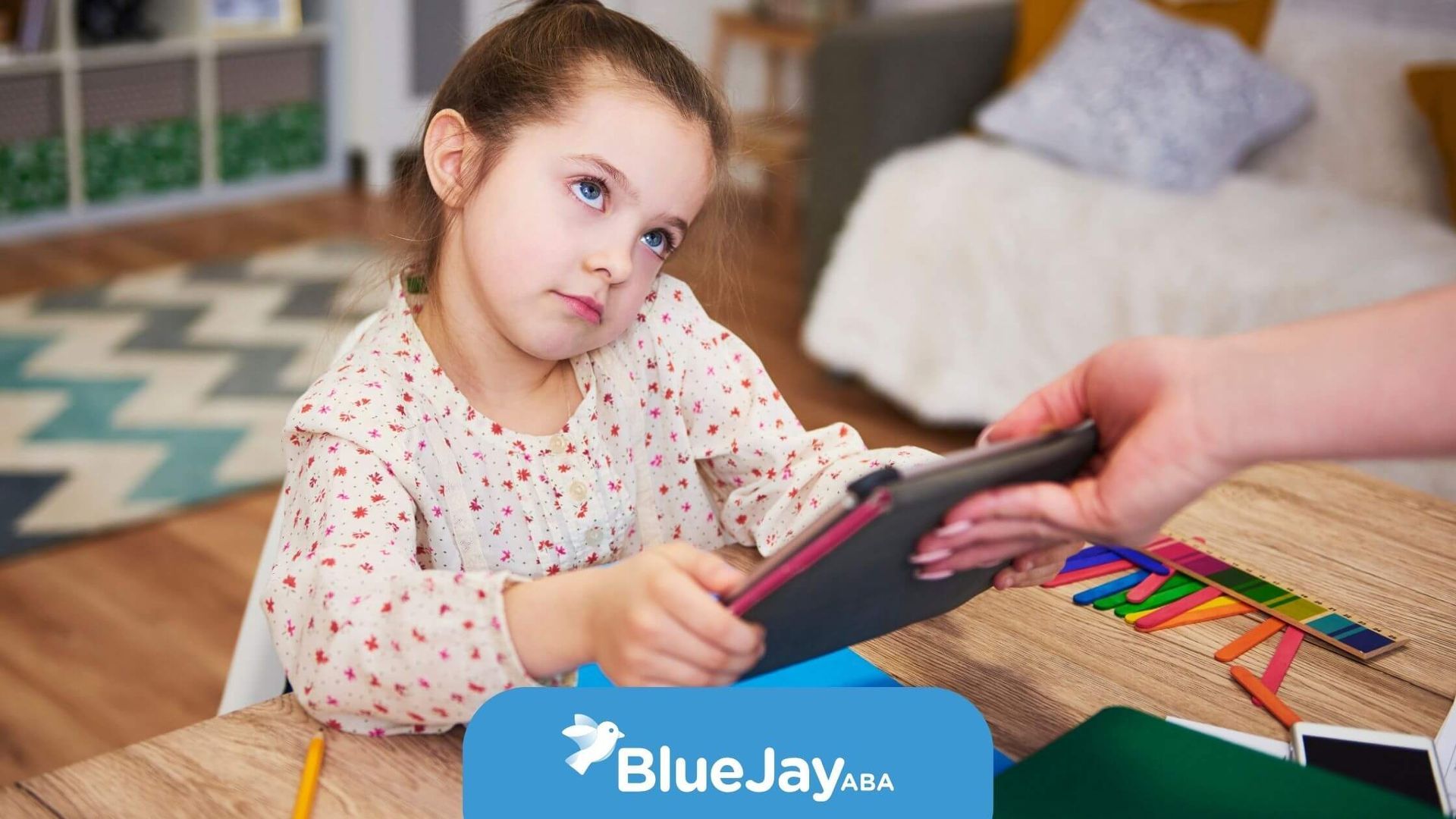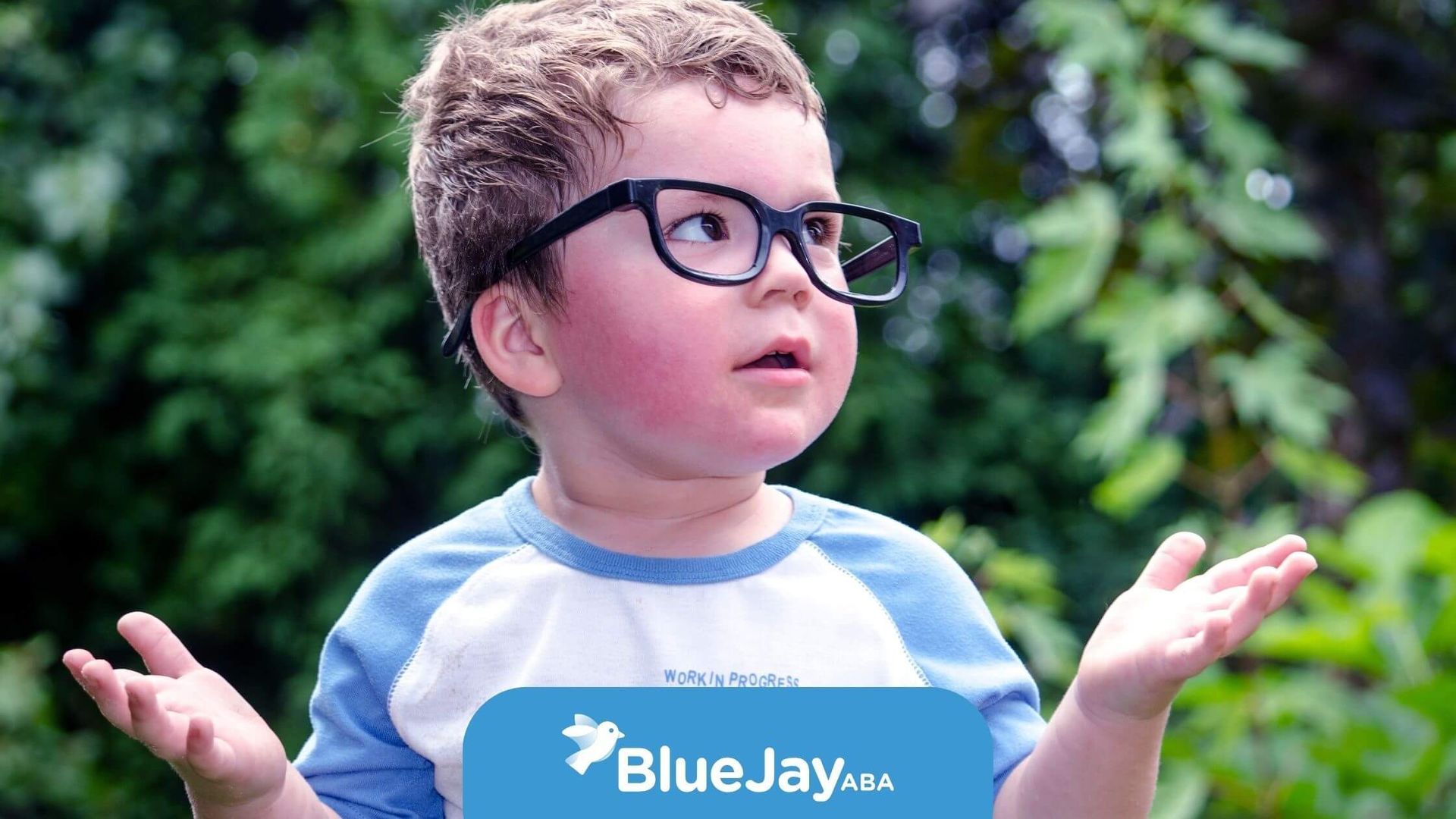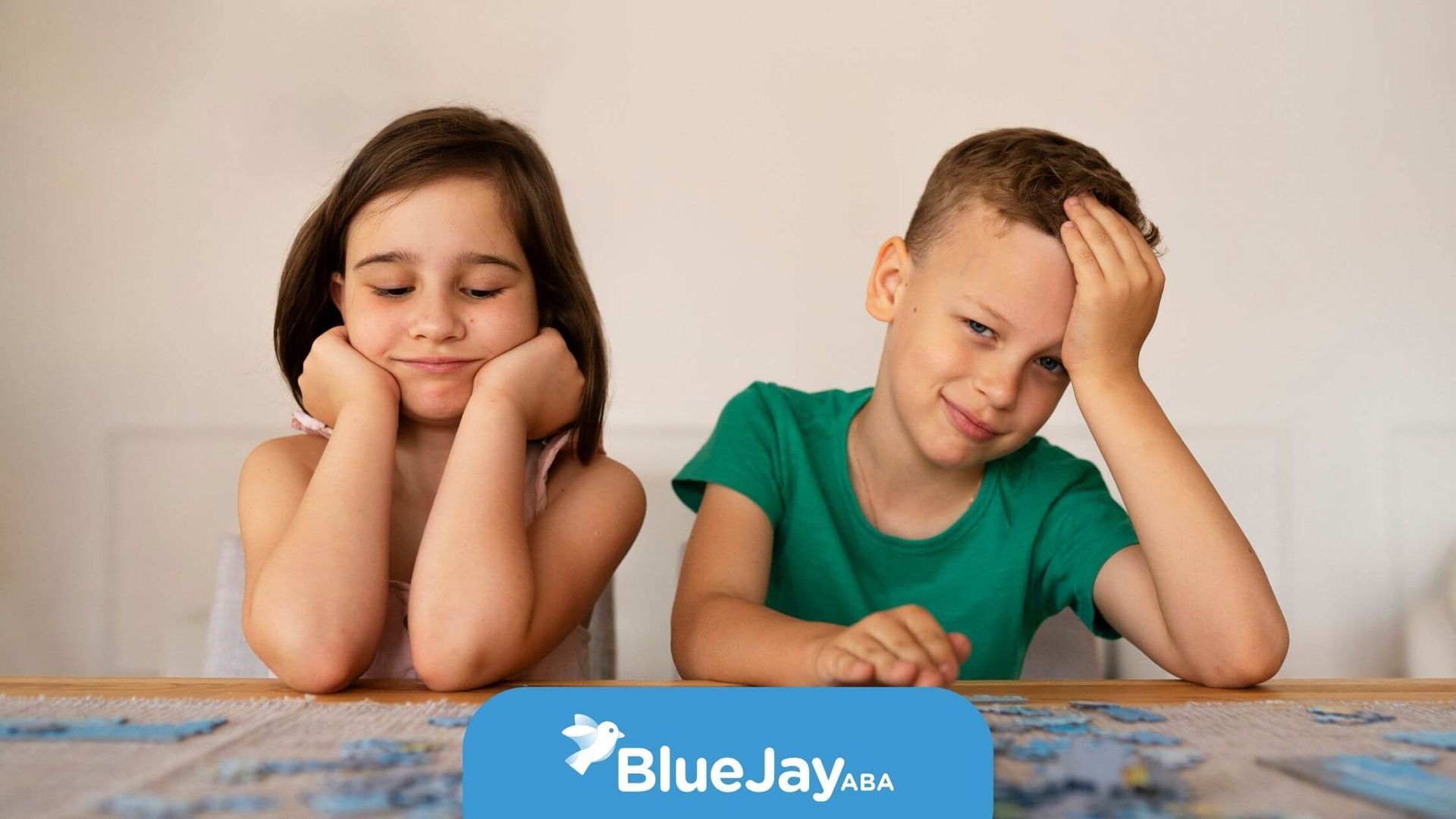What Happens in ABA Therapy? 10 Creative Activities Kids Love
Key Highlights
- ABA therapy incorporates fun, interactive activities to help children on the autism spectrum develop essential life skills.
- Positive reinforcement paired with behavior analysis fosters positive behaviors while diminishing problem behaviors effectively.
- Kids grow their social skills, independence, and communication abilities through engaging methods designed to feel like play.
- Activities are highly individualized, tailored to the child's interests and capabilities to ensure progress and happiness.
- ABA therapy encourages learning through structured play, promoting behaviors that contribute to overall development in a supportive environment.
When parents first hear “ABA therapy,” they often picture rigid lessons or endless drills. But in reality, ABA therapy is full of play-based activities that help children learn naturally.
As a therapist, I remember one of my first clients in home-based ABA therapy, a little boy named Louis. At first, he avoided eye contact and rarely spoke. But during a simple puzzle game, he suddenly said, “Piece goes here!”—his very first spontaneous phrase. Moments like that remind me how play can unlock a child’s potential.
Now let’s look at the top 10 activities that make ABA therapy work so well!
1. Interactive Language Games
Building Words, Confidence, and Communication
Language games are often one of the first activities in ABA therapy. They help children expand their vocabulary, make requests, and express their needs.
Examples of language games:
- Word association: Point to a picture of an apple, and the therapist says, “This is an apple. What color is it?”
- Guess-the-word: Kids listen to clues, then guess the item (“It’s round, it’s red, you can eat it!”).
I once worked with a child who struggled to name objects. We played a simple game with toy animals—when he finally said “lion” on his own, his smile was priceless. That one word was a huge milestone for him!
According to research in Verywell Health, early ABA interventions lead to 70% improvement in communication skills within the first two years of consistent therapy.
2. Pretend Play & Role-Playing
Practicing Social Skills in Safe Scenarios
Pretend play helps children understand daily life situations and practice social interactions.
How it looks in therapy:
- Acting out a trip to the grocery store
- Playing “doctor” with toy stethoscopes
- Taking turns being a cashier and a customer
Through these games, children learn greetings, turn-taking, and emotional responses.
One child I worked with loved playing “restaurant.” He learned how to say, “I’d like pizza, please!” and practiced waiting his turn to “pay” for his meal. This simple game taught social rules he later used in real life.
Why it works:
Role-play creates a
safe space for kids to rehearse situations they might find overwhelming in real life, building confidence step by step.
3. Matching & Sorting Activities
Strengthening Focus and Fine Motor Skills
Matching games—like sorting colored blocks, pairing socks, or grouping animal pictures—help children stay focused, follow directions, and improve motor skills.
Benefits:
- Enhances visual memory
- Improves hand-eye coordination
- Keeps the child engaged, reducing off-task behaviors
4. Sensory Bin Exploration
Calming Play for Self-Regulation
Sensory bins are filled with textures like rice, sand, or soft beads. They help children explore sensory input in a calm, structured way.
I had a child who was hesitant to touch different textures. Over weeks of exploring a rice-filled bin, he became more comfortable with sensory experiences—and even started trying new foods at home!
Why it works:
Sensory play reduces anxiety, improves focus, and helps children process new sensations safely.
5. Building & Solving Puzzles
Problem-Solving Made Fun
Puzzles are a simple yet powerful way to build patience, logical thinking, and coordination.
- Fitting puzzle pieces encourages focus
- Working on a puzzle with a therapist or peer promotes teamwork and social interaction
Evidence:
Studies show activities like puzzles support
executive function—skills needed for planning and problem-solving.
6. Singing Songs & Music Time
Boosting Language Through Rhythm
Music engages children in a way words alone sometimes can’t. Singing helps with language development, turn-taking, and memory.
How it works:
- The therapist sings part of a familiar song, then pauses for the child to fill in the missing word.
- Kids clap, use simple instruments, or gesture along with the music.
A nonverbal child I worked with began clapping to the beat and humming during “Twinkle Twinkle Little Star”—it was his first step toward vocal communication.
7. Reading & Storytelling
Learning Social Lessons Through Stories
Reading books or telling simple stories helps kids recognize emotions, social cues, and daily routines.
- A story about visiting the doctor helps reduce fear of appointments.
- Stories with clear emotions teach empathy and perspective.
Research backs this up:
Storytelling improves
joint attention, a key developmental skill for children with autism.
8. Arts & Crafts Projects
Creativity That Builds Skills
Arts and crafts offer children a fun way to improve fine motor skills, creativity, and patience.
Examples:
- Painting with brushes or sponges
- Making a collage with stickers
- Folding simple paper shapes
One child I worked with hated getting messy. But through finger painting in small steps, he gained sensory tolerance—and learned colors at the same time!
9. Movement & Gross Motor Games
Big Moves, Big Learning
Physical games like hopping, ball toss, or dancing improve coordination, body awareness, and listening skills.
- Games with stop-and-go rules teach following directions
- Movement reduces anxiety and helps children stay regulated
10. Turn-Taking & Social Skills Games
Learning Patience & Cooperation
Simple board games, passing a ball, or rolling dice teach children how to wait their turn, share, and engage socially.
Why it matters:
These games help kids generalize social skills beyond therapy, making family and peer interactions smoother.
Why These Activities Matter
According to the National Institute of Mental Health, early, structured ABA therapy leads to significant gains in communication and adaptive behavior—especially when paired with engaging, individualized activities.
Here’s what these activities build:
- Communication & language – kids learn to express wants and needs
- Independence – mastering daily routines, from tying shoes to asking for help
- Emotional regulation – managing anxiety, frustration, and excitement
- Social confidence – connecting better with peers and family
How Often Should Kids Do ABA Therapy?
There’s no one-size-fits-all answer. Many children attend 10–25 hours of ABA therapy per week, but the right amount depends on:
- The child’s age
- Their developmental goals
- Family availability
Pro Tip for Parents:
Even short,
home-based practice—like singing a song or sorting toys—reinforces skills between sessions.
Tips for Parents to Support ABA at Home
- Stay consistent: Repeat simple games your therapist suggests.
- Use positive reinforcement: Praise small wins like sharing or making a request.
- Involve siblings: Let siblings join turn-taking games to encourage social interaction.
- Communicate with the therapist: Share what works best at home for better teamwork.
ABA therapy isn’t just about teaching skills—it’s about creating joyful, meaningful moments that help children feel capable, confident, and connected. Each activity—whether it’s a language game, puzzle, or sensory bin—has a purpose: to help children grow at their own pace while feeling supported.
At Blue Jay ABA, we believe learning should feel natural and joyful. Our certified therapists create personalized ABA therapy in North Carolina designed to build communication, social skills, and independence—one fun activity at a time.
Whether your child needs early intervention or ongoing support, we’re here to guide you every step of the way.
Contact Blue Jay ABA today for a free consultation and see how we can help your child shine!
FAQs
What age group benefits most from ABA therapy activities?
ABA therapy activities are good for young children, especially for kids on the autism spectrum. These ABA therapy activities are planned by certified behavior analysts. They look at each child’s needs and help them learn new skills that fit their level. This way, children with autism spectrum disorder get help that matches what they can do. These activities help them grow and see changes in how they learn and act as they get older.
How do ABA therapists choose activities for each child?
ABA therapists make plans for activities using your child’s interests, needs, and goals for treatment. They use behavior analysis to help guide the way your child acts. This helps your child learn more positive behaviors. Each activity is made to build up important skills and make sure your child feels good and stays involved.
Can parents use these activities at home?
Family members can use ABA strategies at home to build a supportive environment. By working with behavior analysis, parents can help their child learn new things. They can also help their child use functional communication and encourage positive behaviors. These steps can also make family connections stronger.
Sources:
- https://www.autismspeaks.org/blog/10-sensory-activities-for-autism
- https://www.ddiny.org/apps/pages/index.jsp?uREC_ID=1125487&type=d&pREC_ID=1397216
- https://www.kennedykrieger.org/sites/default/files/library/documents/patient-care/centers-and-programs/down-syndrome-clinic-and-research-center/aba-scientific-support-9-2015.pdf
- https://pmc.ncbi.nlm.nih.gov/articles/PMC6452625/
- https://www.autismspeaks.org/expert-opinion/seven-ways-help-your-child-nonverbal-autism-speak
Related Posts






